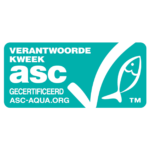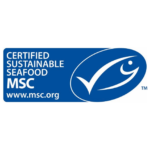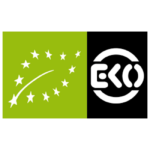Mahi mahi
Indian Ocean, east (FAO 57)
Deelgebieden: Pacific Ocean – east and south
Gillnets
- Jan
- Feb
- Mar
- Apr
- May
- Jun
- Jul
- Aug
- Sep
- Oct
- Nov
- Dec
Perchids (Perciformes) is by far the largest family of fishes and comprise more than 41% of all vertebrate fish. Perchids occur in either fresh and saltwater areas all over the world. Well-known perchids are seabass, dorado, mahi-mahi and weever.
Mahi mahi, also known as dolphinfish, is a fast swimming, pelagic species that can be found in temperate, tropical, and sub-tropical waters worldwide. This species has a long, flattened body with a characteristically long dorsal fin. The mahi mahi is often caught as bycatch in swordfish and tuna fisheries.
Indian Ocean, east (FAO 57)
Deelgebieden: Pacific Ocean – east and south
Gillnets

Fish with the ASC label is farmed in a sustainable manner.

Fish with the MSC label is caught sustainably.
This fish is not being overfished or is being responsibly farmed, with minimal impact on the environment.
This fish is a second choice. There are still some improvements to be made in this fishery or fish farm.
Do not buy this fish. It's being overfished or the way it's farmed or caught has a negative impact on the environment.

There is fish available of this species that is farmed or caught using high welfare standards.

GlobalG.A.P. certified farms are doing a step in the right direction in terms of sustainability. A few species with this label are getting a better score on the VISwijzer.

Organic standards are the strictest when it comes to fish feed. They also require certain measures for animal well-being.